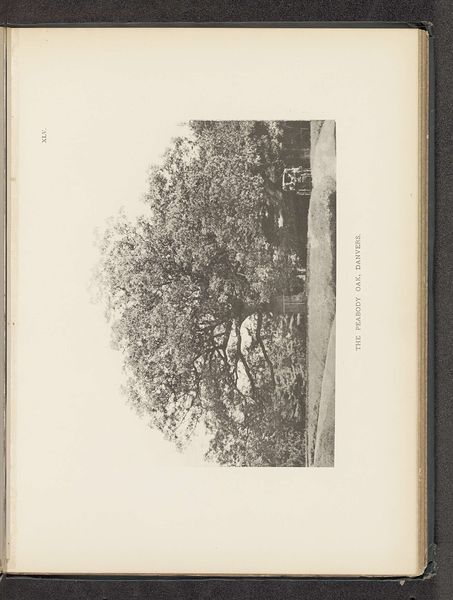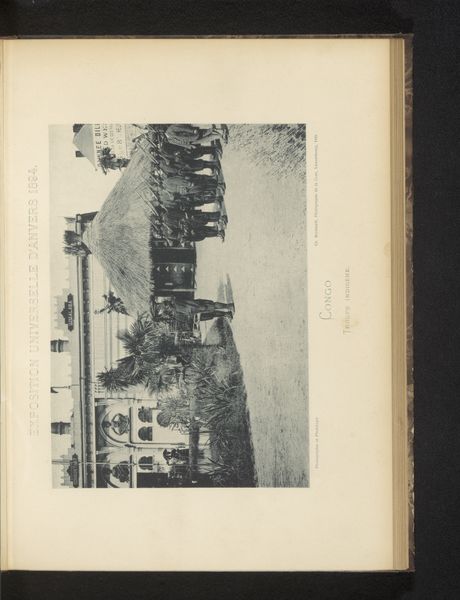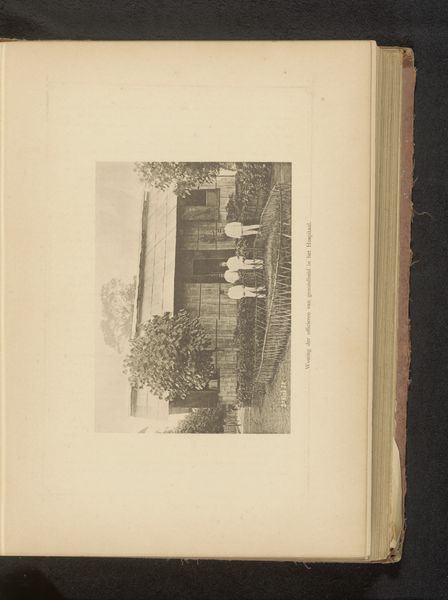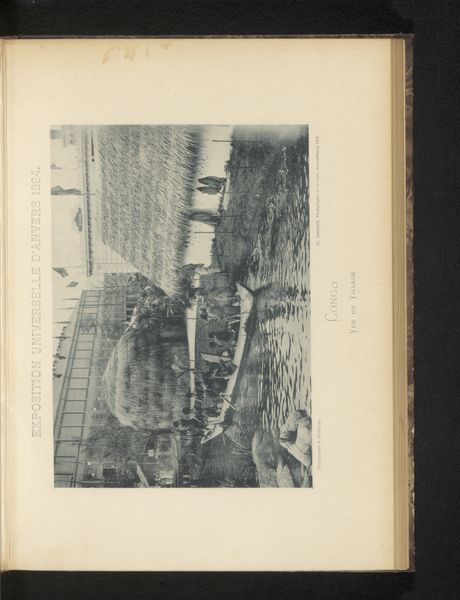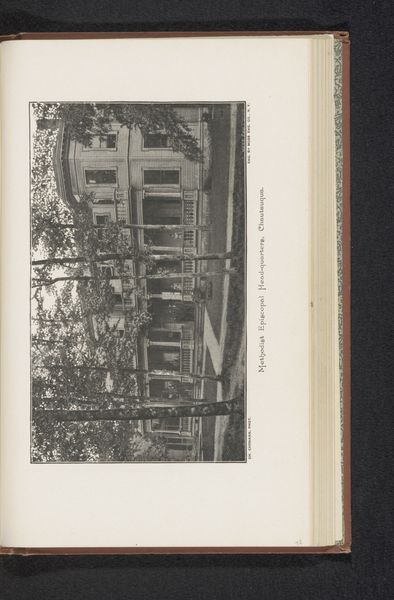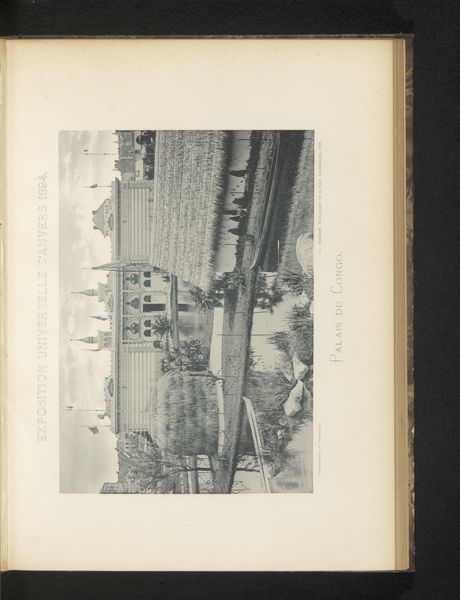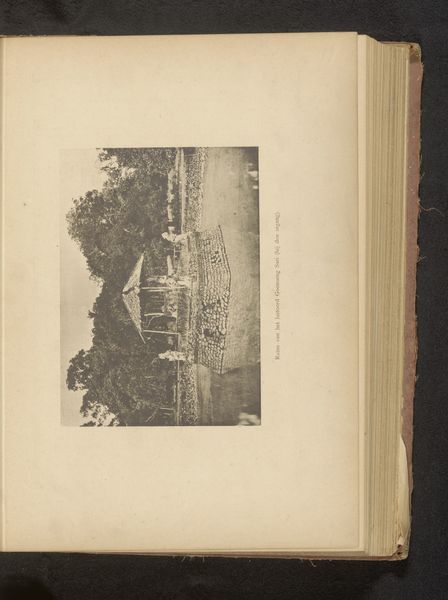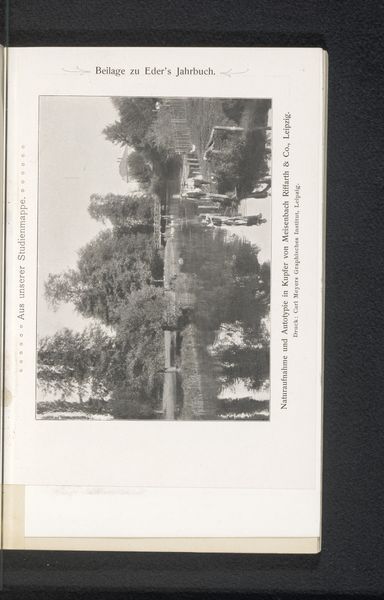
photography, gelatin-silver-print
#
landscape
#
photography
#
gelatin-silver-print
#
realism
Dimensions: height 146 mm, width 196 mm
Copyright: Rijks Museum: Open Domain
Curator: This captivating gelatin-silver print, entitled "The Watertown Elm," comes to us from before 1890 and is attributed to Henry Brooks. It is interesting how its realism transports us to a time when landscapes were more directly intertwined with daily life. Editor: The immediate impression is of quiet dignity, wouldn't you say? A sense of rootedness and permanence. The elm dominates, an arboreal king surveying its small-town kingdom. There is something comforting in its scale. Curator: Yes, trees as symbols of resilience were common throughout American history, with photography providing an ideal medium to emphasize nature's presence in expanding towns. "The Watertown Elm," however, is also remarkable because its stature undoubtedly held cultural significance. Large trees often functioned as landmarks but also town symbols. Editor: Absolutely. It recalls ancient associations between trees and community. In mythology and folklore, elms symbolize dignity, strength, and adaptability. Think of its extensive root system mirroring the intertwined nature of society and its individuals! Curator: This could easily also comment on how preservation movements gained strength and influence throughout the 19th century. A portrait like this reminds its contemporary audiences about what is at risk, but I have a hard time evaluating if this had been its function in particular. Editor: That’s right. There's a feeling that we, as viewers, are asked to witness something enduring and irreplaceable. And how photography perfectly serves such intentions. But this peaceful scene likely evokes personal sentiments for someone familiar with the place. Curator: I am captivated by the photographer's decision to emphasize the height of the tree. Its sheer size tells us how the urban setting grew around its presence. What could it say about power structures if nature imposes its size? Editor: Perhaps it speaks to our human capacity to co-exist, finding space for natural grandeur within organized society. And on the visual plane, that elm tree may also represent organic beauty found in the realm of straight fences and plain architecture. Curator: Well, examining the "The Watertown Elm" through photography provides a small window to better consider the dynamics of preservation and public spaces throughout history. Editor: For me, it remains a symbol of stability. That silent dialogue between community and nature can invite us to reconnect with forgotten foundations.
Comments
No comments
Be the first to comment and join the conversation on the ultimate creative platform.

